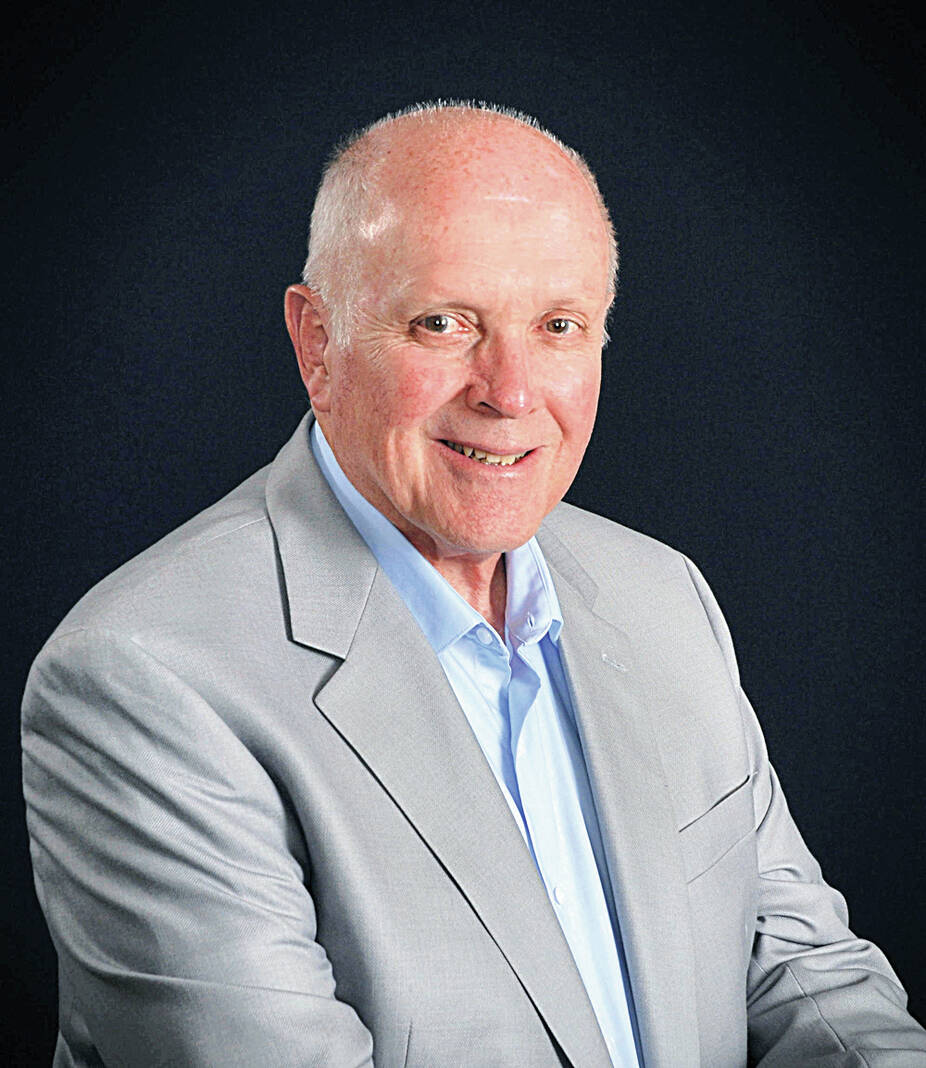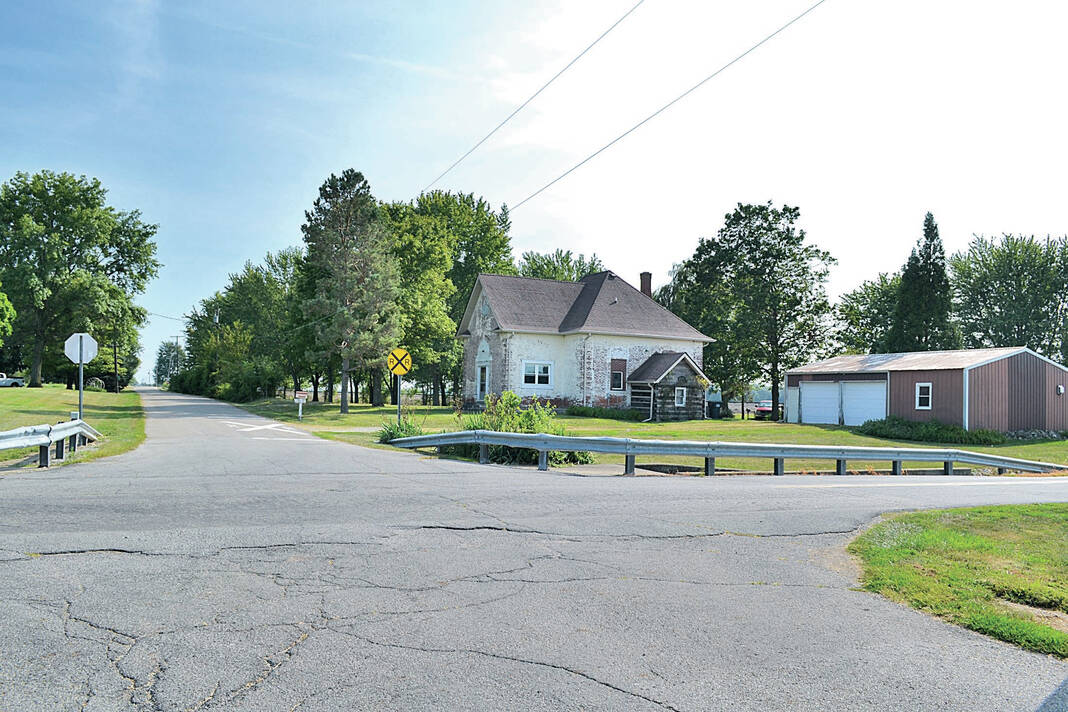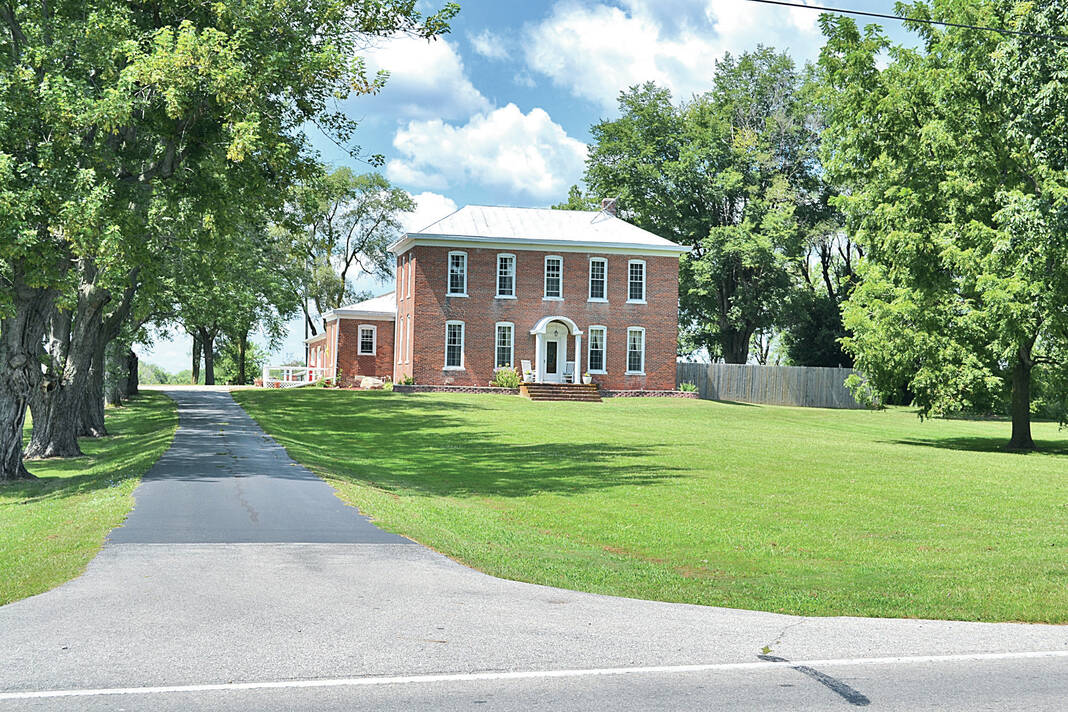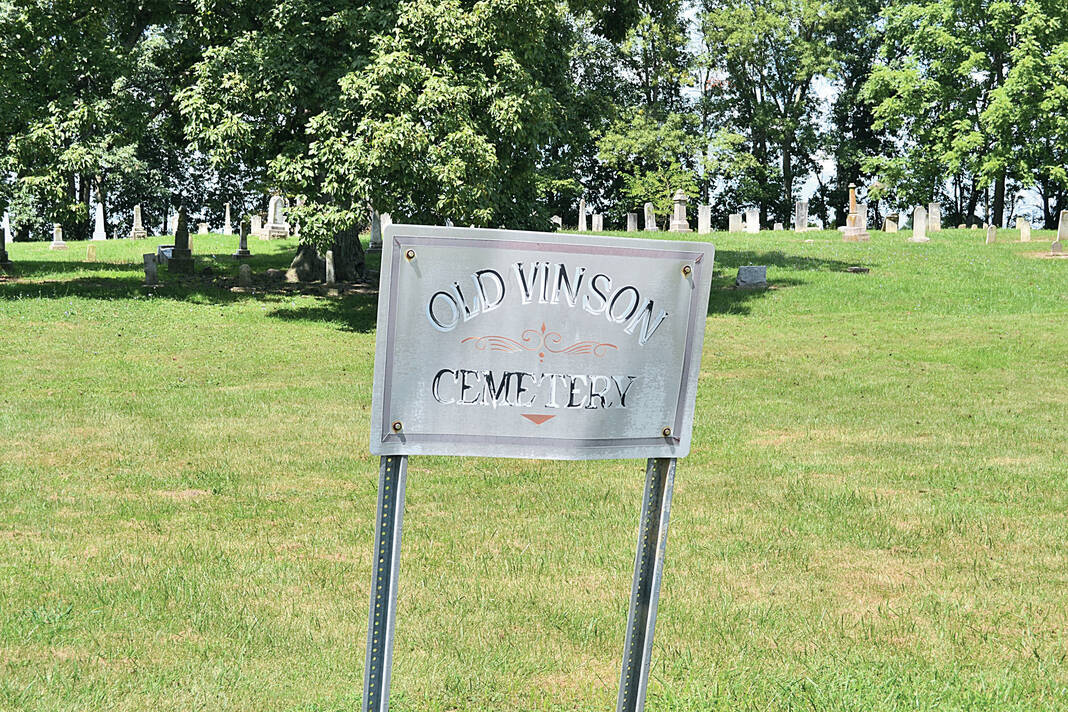
Stephen Jackson


The R.W. Webster house was erected ca. 1870.

Located on a hill about one mile south of Summitville is Old Vinson Cemetery.
By Stephen Jackson | For The Times-Post
Van Buren Township is located in the northeast corner of Madison County and contains 25 square miles.
It was named in honor of President Martin Van Buren, our eighth president.
The township was formally organized March 6, 1837, only two days after Van Buren was inaugurated, making it the only township in Madison County named for a president that acquired its name during that particular president’s term of office.
• Monroe Township was named for President James Monroe 11 years after he left office.
• Jackson Township was named for President Andrew Jackson who took office March 4, 1829, by which time it is believed, as the records no longer exist, the township was already organized.
There is uncertainty as to the first settler.
It is believed that about 1830 Jacob Davis, John and Hiram Palmer and Thomas Gordon all arrived from Virginia and settled just north of where Summitville is located.
Others soon followed.
Among the early settlers in the vicinity of what later became Summitville were Thomas Cartwright and his son, William T., early in the fall of 1835.
Thomas kept a tavern on the proposed canal route just south of there.
By 1839, there was considerable travel over the Indianapolis & Ft. Wayne state road (Fort Wayne Trace) resulting in further settlement along its route.
You might notice this home because of its striking appearance but fail to comprehend the way it is uniquely situated upon the property.
Instead of facing the traditional north-south-east-west directions as most houses do, this one sits at an angle facing the northwest and is located far back of the southeast corner of the intersection of SR 9N and CR 1400N.
The reason it sits at an angle is that the site once paralleled the old Fort Wayne Trace that passed directly in front of the property as it made its way through Madison County.
It is thought the house is located on or near the site where a half-way house stood facing the road during the days of heavy travel.
Its position was about half way between Indianapolis and Fort Wayne and served as a place of rest and refreshment.
About one and a half miles northeast of the house is another place of interest and more evidence of the trace.
Located on a hill about one mile south of Summitville is Old Vinson Cemetery.
Fronting Old Vinson Cemetery is New Vinson Cemetery, which is entered from County Road 100 East.
In order to visit the old cemetery, visitors must drive to the back of the new cemetery, park and walk across a meadow and up a hill.
Here, the visitor notices the markers face west onto a large area of farmland.
Also obvious is the back fence of the cemetery, which angles from the southwest to the northeast following the cemetery boundary.
When Old Vinson Cemetery was established, the entrance was on the west end because a road ran along the western edge of the cemetery.
This road is clearly visible on the 1876 plat map for Van Buren Township.
The road was built on or very near the bed of the Fort Wayne Trace.
Farmers have long ago plowed away evidence of the historic trace.
However, a slight depression remains in the ground and can be found in a narrow band of trees outside the western boundary in the southwest corner of Old Vinson Cemetery.
When viewed from the air, this depression lines up almost perfectly with the half-way house location and the angle road (100E) that enters Summitville from the southwest a mile to the northeast.
It can only be speculated that the angle road follows the old trace into Summitville.
The 1876 plat map reveals another interesting clue about the trace’s route through Van Buren Township.
The R.W. Webster house was erected ca. 1870.
Today, it faces CR 100E.
But, according to the plat map it sits east of the old Fort Wayne Trace in 1876 and most certainly faced west instead of facing east as it does today.
Madison County Historian Stephen Jackson is leading a series of “First Sunday” presentations covering the History of Madison County townships. The talks are set for 2 p.m. on the first Sunday each month in the Bowman Room at Museum of Madison County History, 11 W. 11th St., Anderson. The talks began Sept. 4 and run through Nov. 5, 2023. The information he prepares for those presentations form the basis of this series of columns in The Times-Post.